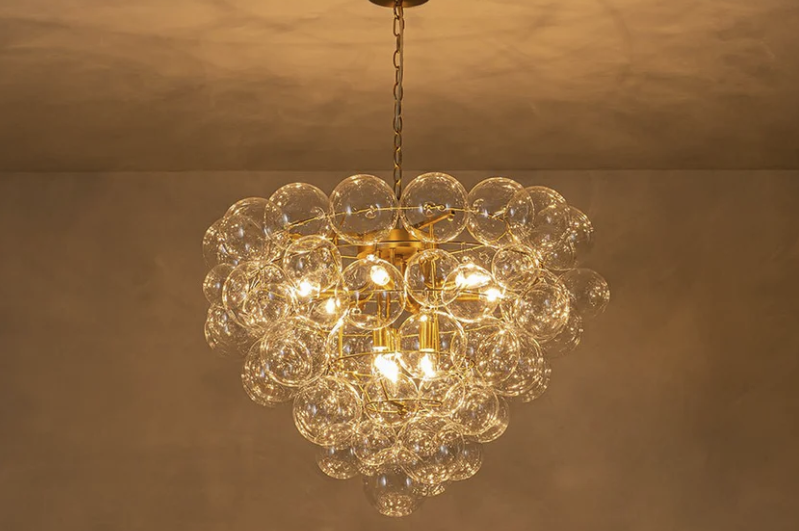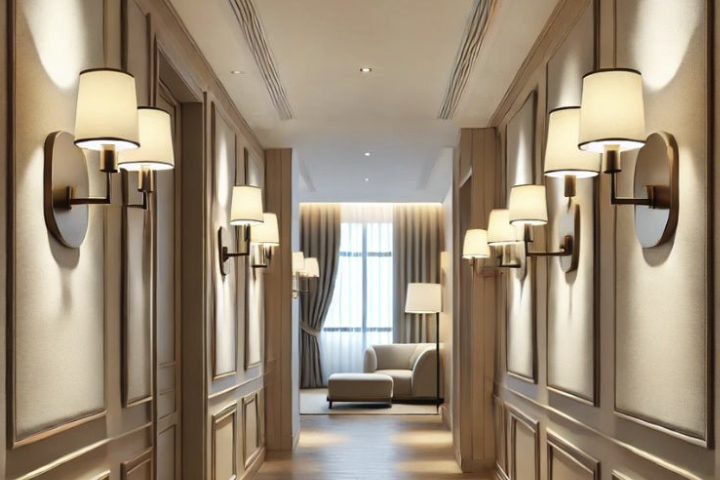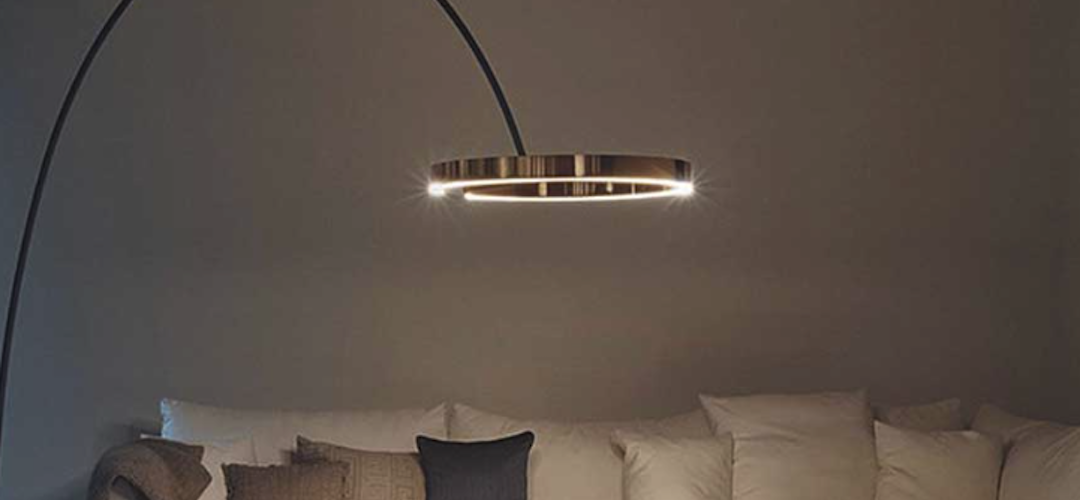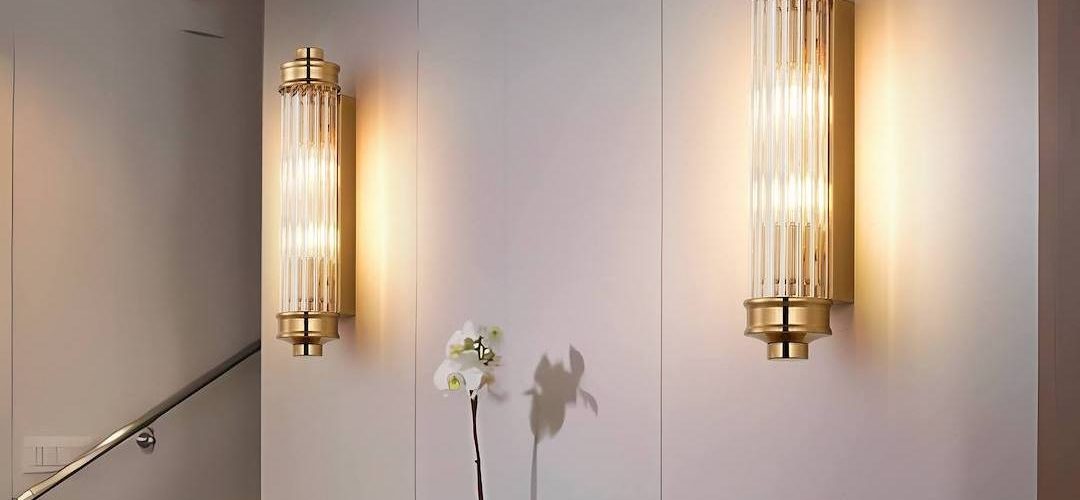
Stunning Glass Chandelier: The Ultimate Fashion Statement
Glass chandeliers are elegant lighting fixtures that have adorned homes, palaces, and grand ballrooms for centuries. These intricate pieces serve both functional and aesthetic purposes, illuminating spaces while acting as focal points of luxury and sophistication. The craftsmanship involved in creating glass chandeliers has made them highly sought-after in interior design, symbolizing opulence and grandeur.
The appeal of glass chandeliers stems from their ability to refract light, creating stunning displays of colors and patterns. These fixtures showcase various materials, including crystal prisms, Murano glass, and hand-blown glass, demonstrating the skill and artistry of glassmakers. Glass chandeliers are available in a wide range of styles and sizes, from traditional to modern designs, making them suitable for diverse spaces, from expansive ballrooms to intimate dining areas.
This article will examine the history and evolution of glass chandeliers, the artistry and craftsmanship involved in their creation, their role in interior design, guidance for selecting the ideal glass chandelier, maintenance and care instructions, and the future of glass chandeliers in fashion and design.
History and Evolution of Glass Chandeliers
The Early Years
Glass chandeliers first emerged in the medieval period, illuminating the grand halls of European castles and palaces. Initially, these early chandeliers were simple structures made of wood or metal, with candles providing the primary source of light.
A Golden Age of Luxury
It wasn’t until the 17th century that glassmakers in Murano, Italy, began incorporating glass elements into chandeliers, revolutionizing their design and creating the iconic crystal chandelier. During the Baroque and Rococo periods, glass chandeliers reached the height of their popularity, adorning the palaces and mansions of European nobility. The intricate designs and use of crystal prisms became synonymous with luxury and wealth.
Modern Twists and Contemporary Innovation
As technology advanced, gas and then electric lighting replaced candles, allowing for even more elaborate and dazzling designs. In the 20th century, modernist movements brought about new interpretations of glass chandeliers, with artists and designers experimenting with abstract forms and unconventional materials. Today, glass chandeliers continue to evolve, with contemporary designers pushing the boundaries of traditional craftsmanship to create innovative and avant-garde pieces.
The Artistry and Craftsmanship Behind Glass Chandeliers
The creation of a glass chandelier is a labor-intensive process that requires a high level of skill and precision. From the initial design concept to the final assembly, every step in the production of a glass chandelier is a testament to the artistry and craftsmanship of the artisans involved. The process typically begins with a skilled designer who conceptualizes the overall look and feel of the chandelier, taking into account factors such as size, style, and materials.
Once the design is finalized, glassmakers meticulously craft each individual component of the chandelier, whether it be crystal prisms, blown glass elements, or hand-cut glass beads. These artisans use traditional techniques that have been passed down through generations, such as glassblowing, cutting, and polishing, to create pieces that are both visually stunning and structurally sound. The assembly of the chandelier requires precision and attention to detail, as each component must be carefully fitted together to create a cohesive and balanced design.
The artistry and craftsmanship behind glass chandeliers are what set them apart as timeless works of art. The dedication to preserving traditional techniques while also embracing innovation ensures that each chandelier is a unique and exquisite piece that adds beauty and elegance to any space.
How Glass Chandeliers Make a Fashion Statement in Interior Design
Glass chandeliers are more than just a source of light; they are a statement piece that can elevate the aesthetic of any room. Whether it’s a classic crystal chandelier in a traditional setting or a modern, avant-garde piece in a contemporary space, glass chandeliers have the power to transform the ambiance of a room. Their ability to refract light creates a mesmerizing display that adds drama and sophistication to any interior.
In grand ballrooms and palaces, oversized glass chandeliers serve as a focal point, commanding attention with their opulent designs and sparkling allure. In more intimate settings such as dining rooms or living spaces, smaller chandeliers can create an atmosphere of elegance and refinement. The versatility of glass chandeliers allows them to complement a wide range of interior styles, from classic and ornate to sleek and minimalist.
When choosing a glass chandelier for interior design, it’s essential to consider the scale of the space, the overall aesthetic, and the desired ambiance. A well-chosen chandelier can tie together the elements of a room, adding a touch of glamour and luxury. Whether it’s a traditional crystal chandelier or a contemporary art piece, glass chandeliers have the power to make a bold fashion statement in interior design.
Choosing the Perfect Glass Chandelier for Your Space
Selecting the perfect glass chandelier for your space requires careful consideration of several factors, including the size of the room, the ceiling height, the overall aesthetic, and the intended use of the chandelier. When choosing a chandelier, it’s essential to take into account the scale of the space; an oversized chandelier in a small room can overwhelm the space, while a small chandelier in a large room may get lost. The style of the chandelier should also complement the existing decor and architectural elements of the room.
For traditional spaces, a classic crystal chandelier with intricate details may be the perfect choice, while modern interiors may benefit from a sleek and minimalist design. Additionally, considering the intended use of the chandelier is crucial; for example, a chandelier in a dining room should provide ample light without being too harsh or glaring. Another important consideration when choosing a glass chandelier is the quality of craftsmanship and materials.
Hand-blown glass or crystal prisms can add an extra layer of luxury and sophistication to a chandelier, while also ensuring durability and longevity. Ultimately, selecting the perfect glass chandelier for your space requires careful consideration of both aesthetic and practical factors to ensure that it enhances the overall ambiance of the room.
Maintenance and Care Tips for Glass Chandeliers
Cleaning Your Glass Chandelier
When cleaning a glass chandelier, it’s important to first turn off the power to avoid any accidents. Using a gentle cleaning solution and soft cloth or brush, carefully wipe down each individual component of the chandelier to remove any dust or dirt. For more intricate designs or hard-to-reach areas, it may be necessary to dismantle some parts of the chandelier for thorough cleaning.
Electrical Component Maintenance
In addition to regular cleaning, it’s important to inspect the electrical components of the chandelier periodically to ensure they are in good working condition. Loose wires or faulty connections can pose a safety hazard and should be addressed promptly by a qualified electrician.
Preserving the Beauty and Functionality
Proper maintenance and care are essential for preserving the beauty and functionality of a glass chandelier. By following these tips, you can ensure that your chandelier continues to shine brightly for years to come.
The Future of Glass Chandeliers in Fashion and Design
As interior design trends continue to evolve, so too will the role of glass chandeliers in shaping the aesthetic of spaces. While traditional crystal chandeliers will always have their place in classic interiors, contemporary designers are pushing boundaries with innovative designs that challenge conventional notions of what a chandelier can be. Advancements in technology have also opened up new possibilities for incorporating lighting elements into architectural features, furniture, and decorative objects.
This integration of lighting with design creates opportunities for more seamless and integrated lighting solutions that go beyond traditional chandeliers. Additionally, sustainability is becoming an increasingly important consideration in design, leading to a greater emphasis on eco-friendly materials and energy-efficient lighting solutions. Glass chandeliers are no exception; designers are exploring new ways to incorporate sustainable materials and technologies into their creations without compromising on style or quality.
The future of glass chandeliers in fashion and design is one that embraces innovation while honoring tradition. Whether it’s through cutting-edge designs or sustainable practices, glass chandeliers will continue to captivate with their timeless beauty and enduring allure. As they have for centuries, glass chandeliers will remain an iconic symbol of luxury and sophistication in interior design for years to come.






